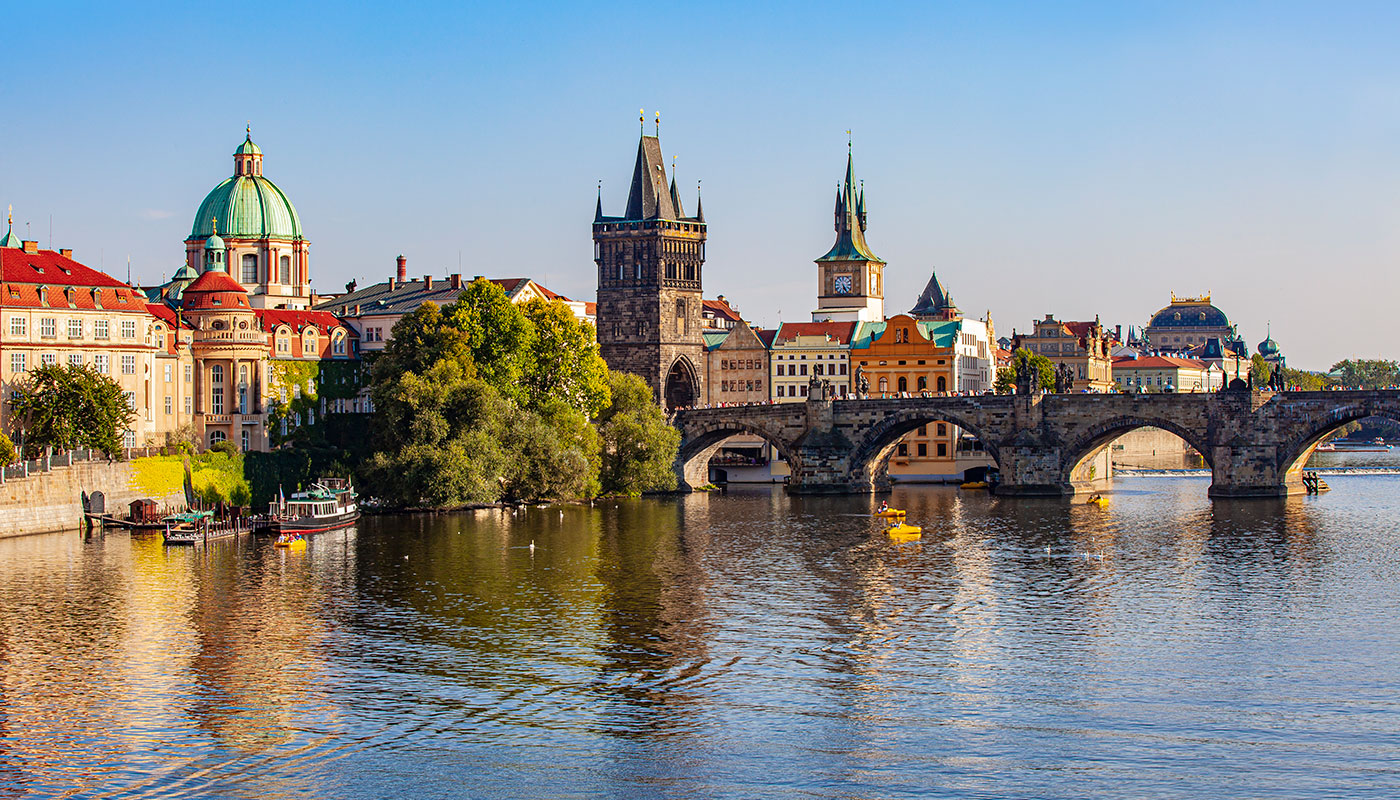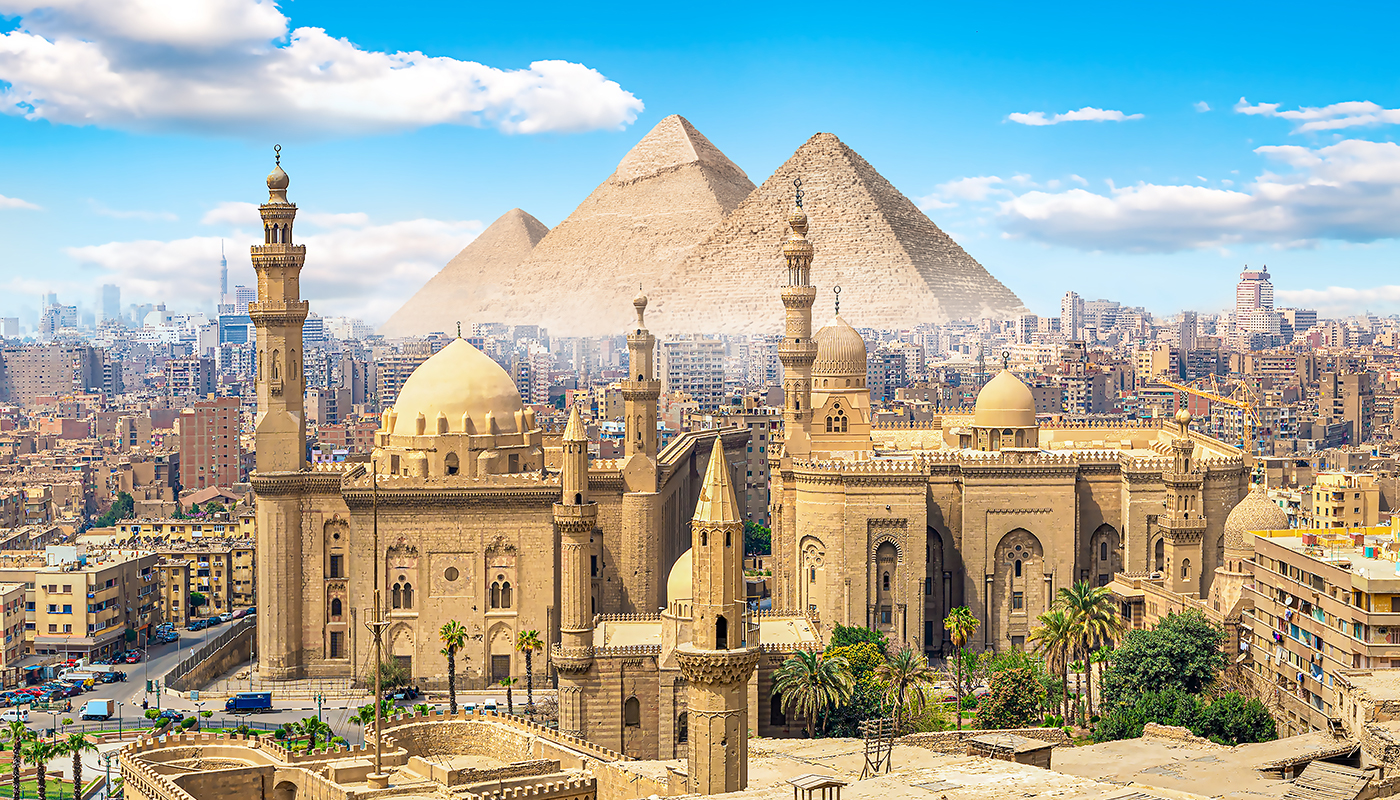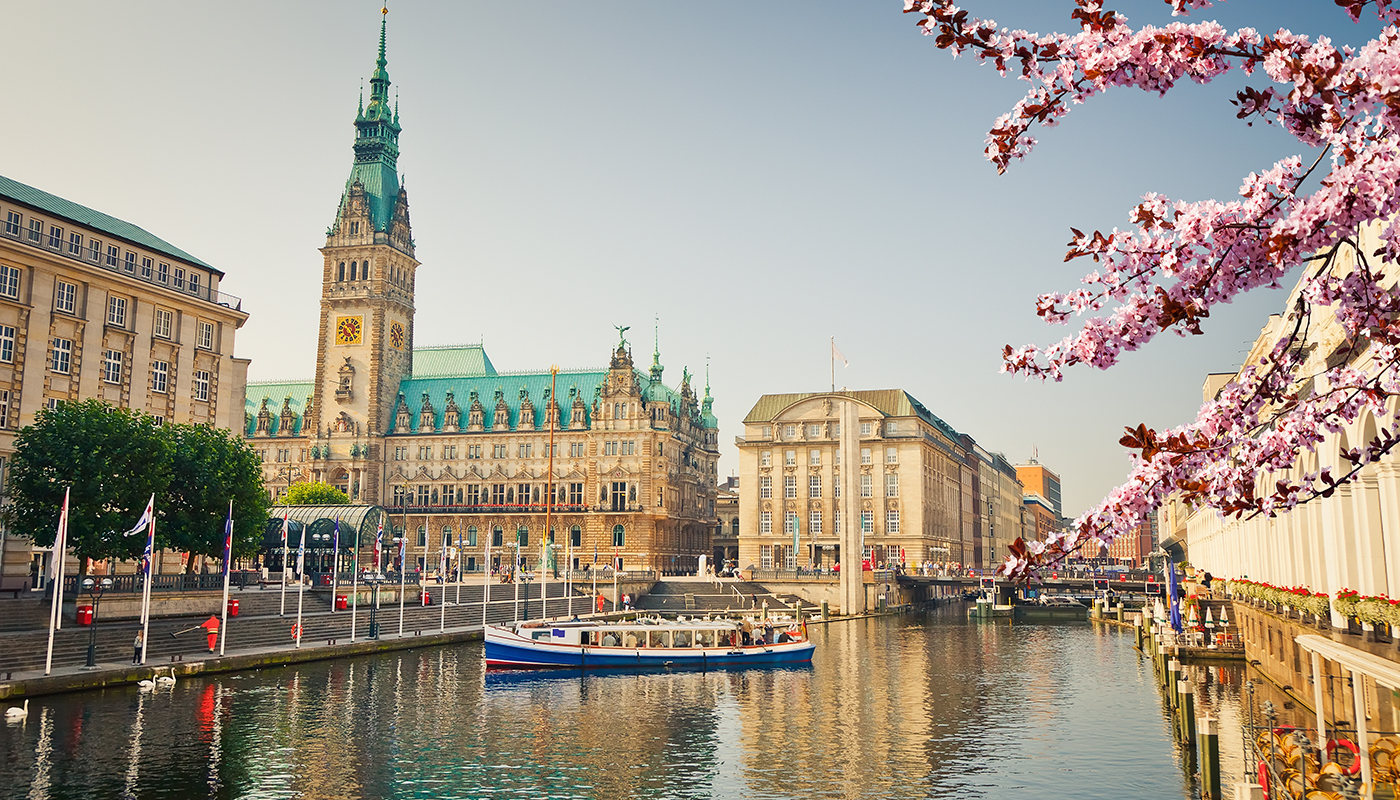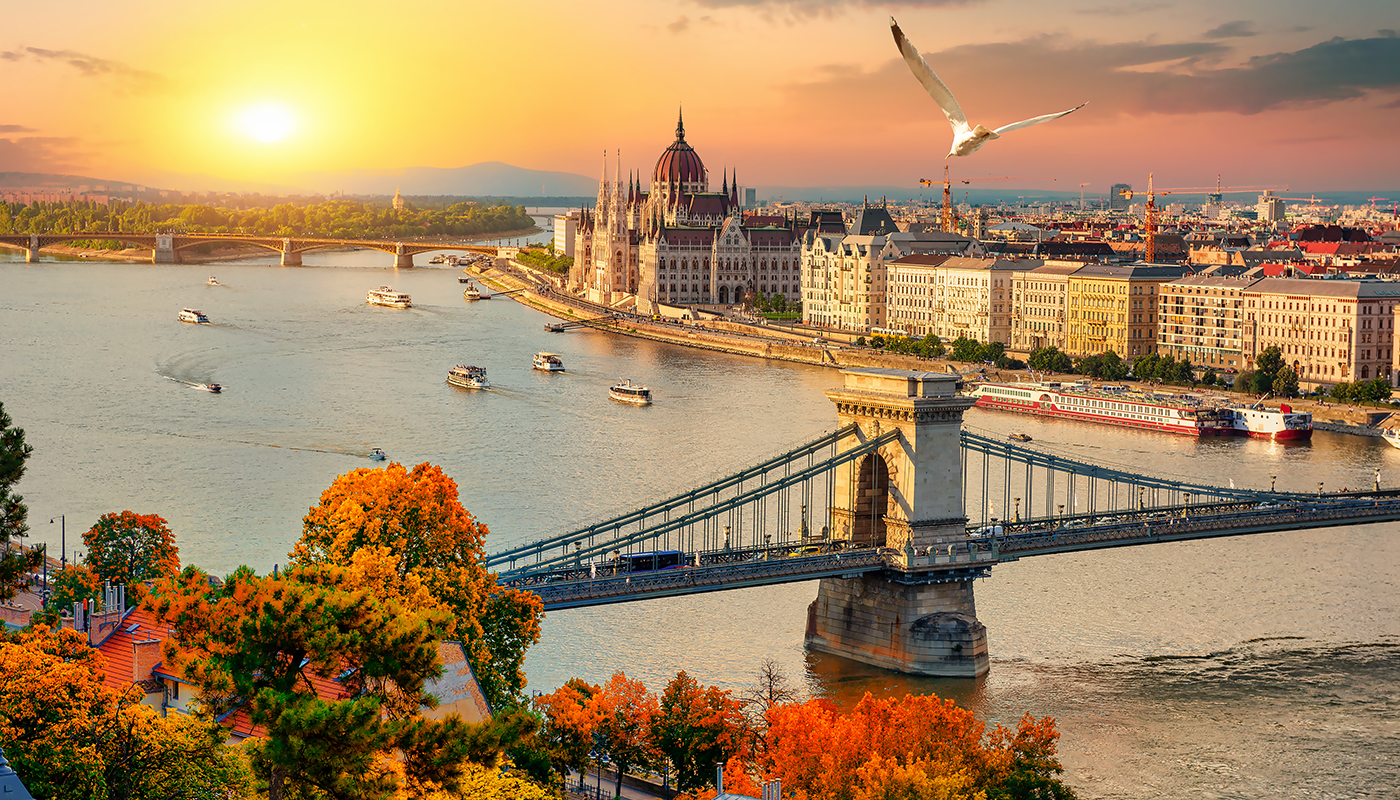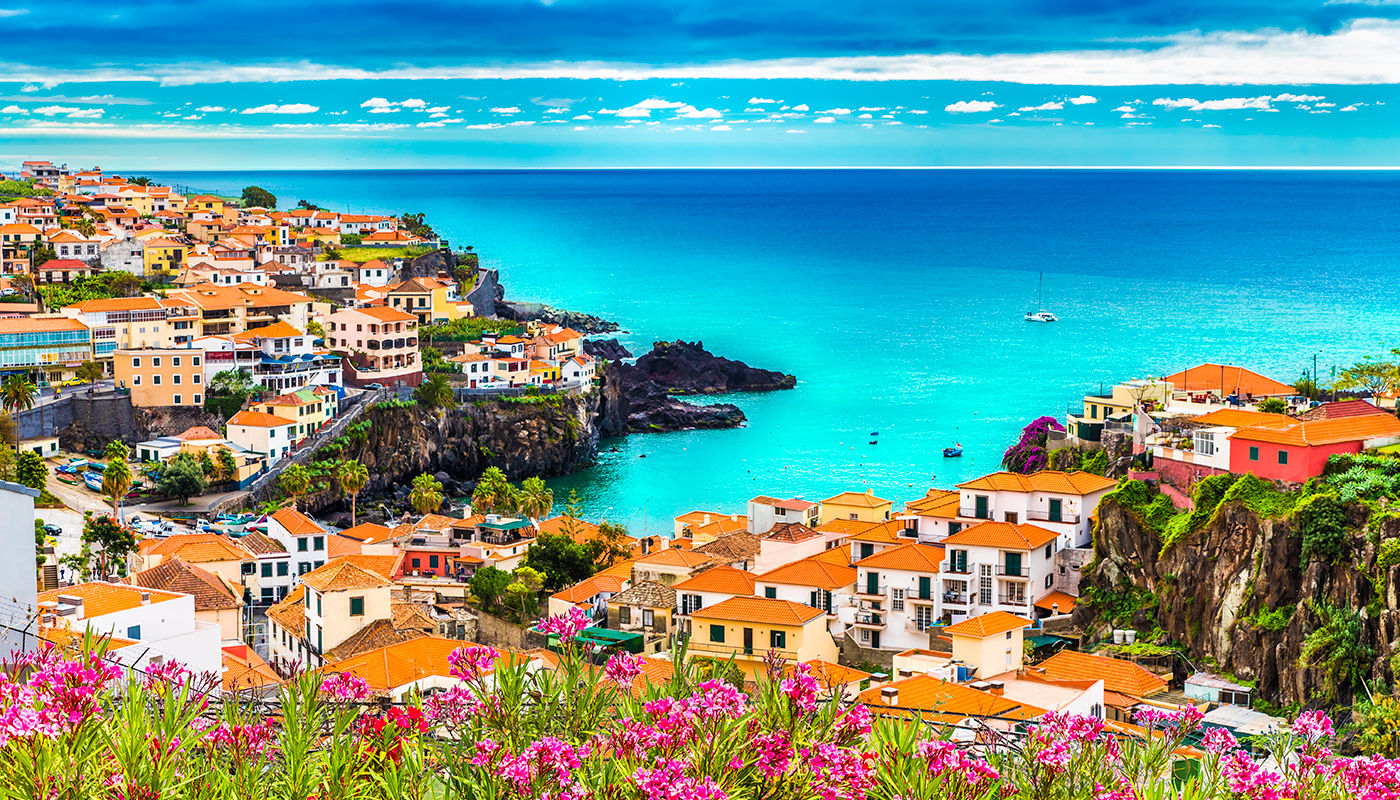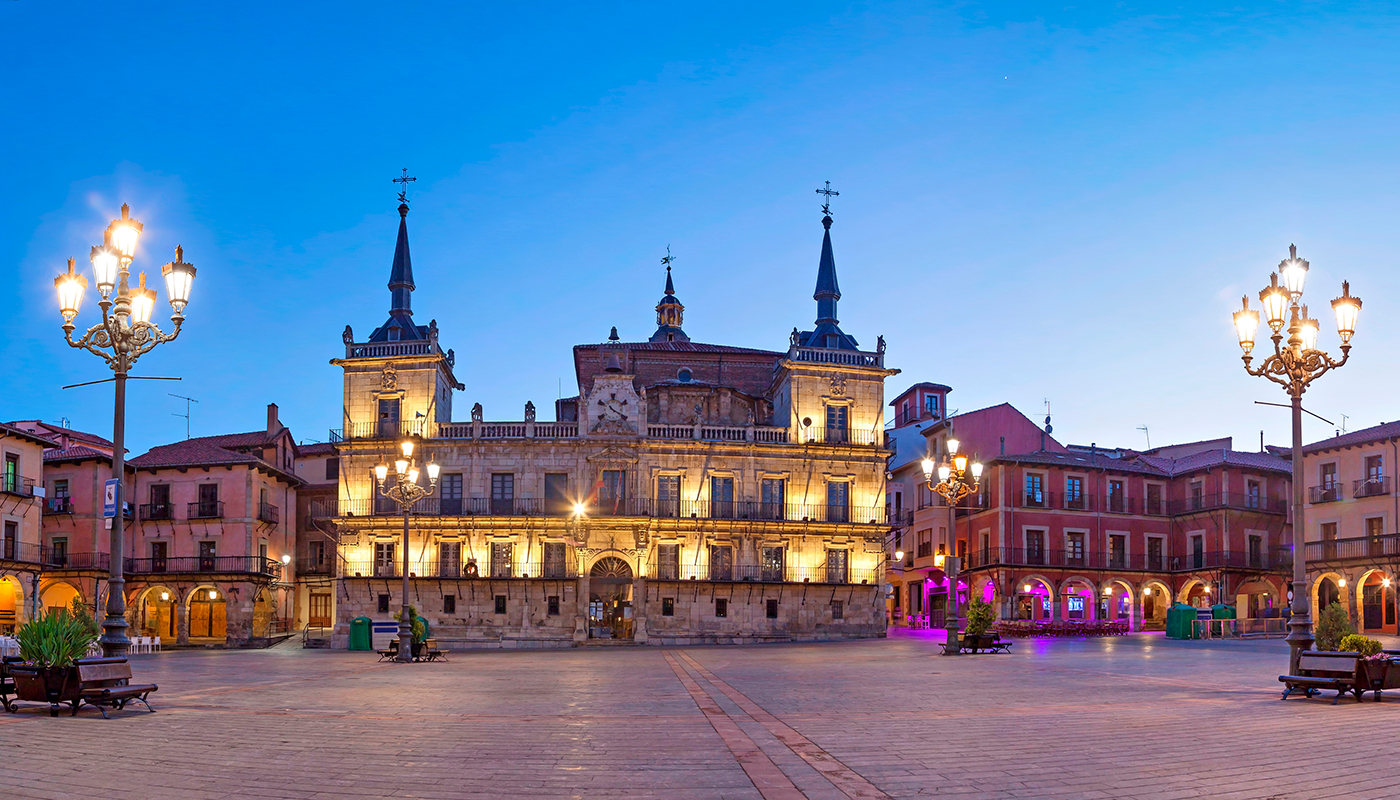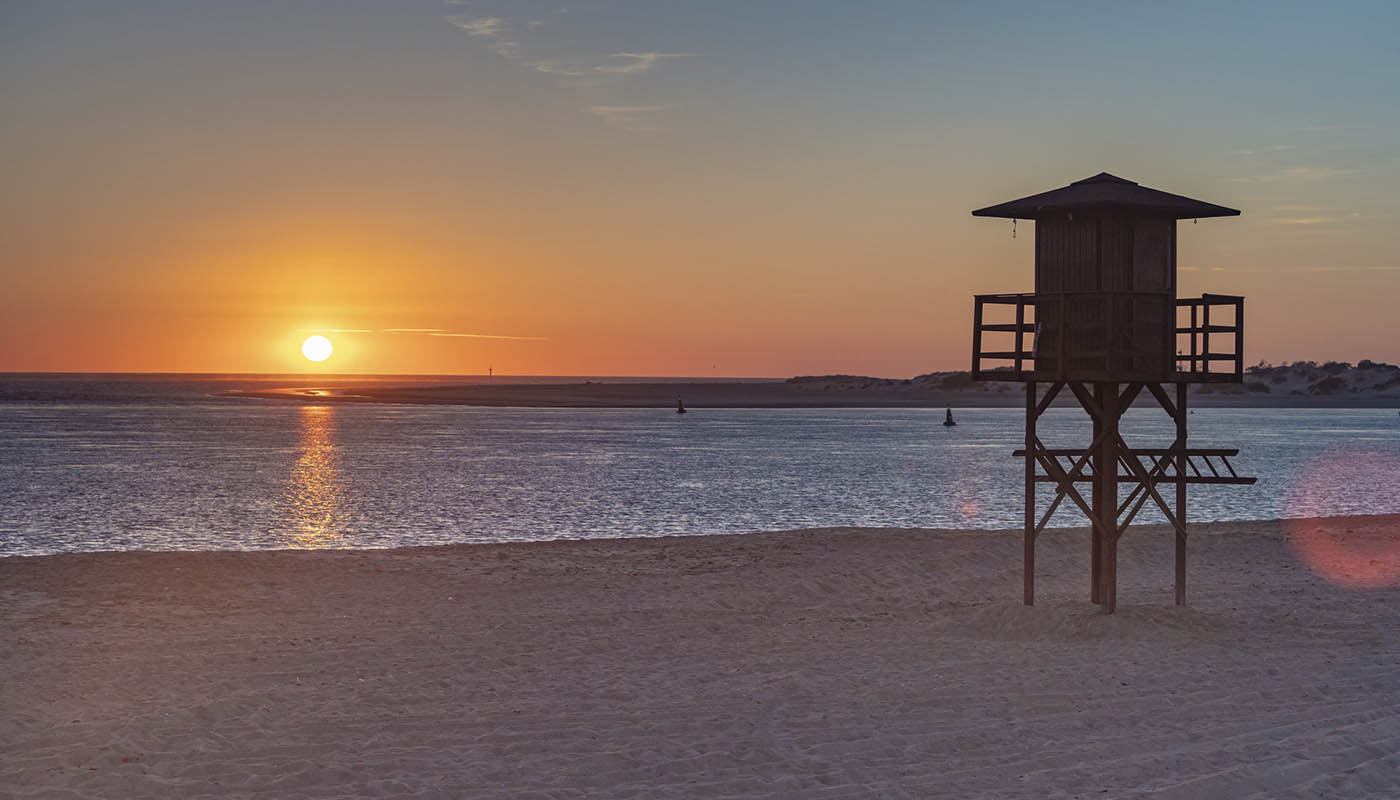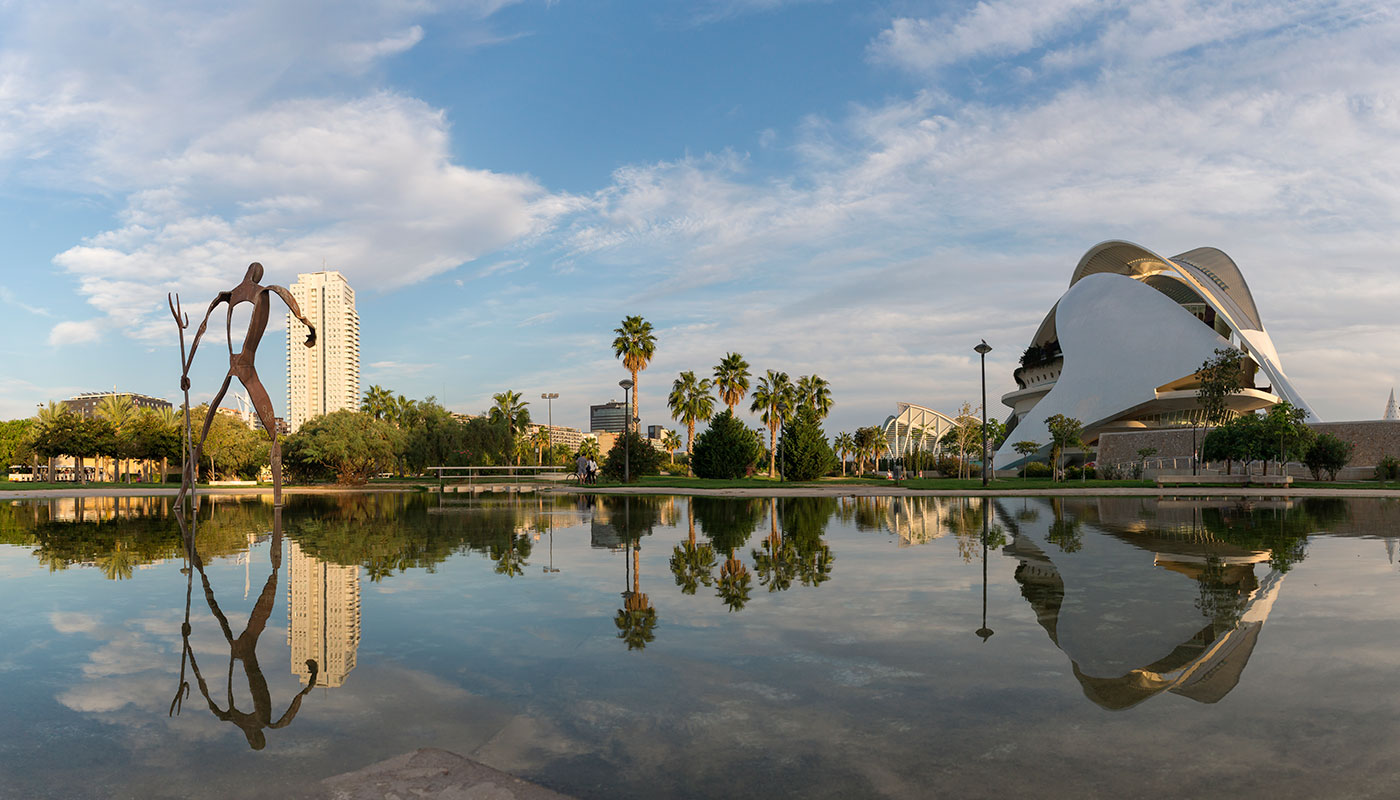Known as the ‘Florence on the Elbe’, Dresden is a city shaped by its tragic history, lavish architecture and the resilience of its people. Located on the banks of the river Elbe in eastern Germany, the capital of Saxony was once one of Europe’s leading cultural centres, attracting artists, architects and thinkers from all over the continent. Despite suffering almost total devastation during the bombings of World War II, Dresden is a city reborn since many of its monuments have been painstakingly rebuilt and its original splendour has been restored. Today, this city halfway between Berlin and Prague is a fascinating melting pot where Baroque splendour blends with modernity, and culture and creativity thrive in its numerous galleries, museums and theatres. Strolling along its streets is like stepping into a city straight out of a fairytale, with the imposing Frauenkirche dominating the skyline and unique places such as the Brühl Terrace and Zwinger Palace still inspiring visitors and locals alike.
Frauenkirche: the resurrection of Dresden’s ‘Stone Bell’
The Frauenkirche is one of Dresden’s greatest symbols and its ability to rebuild itself. This Lutheran church, originally built in the 18th century, was destroyed during the bombings in 1945. After decades of rubble, the reconstruction project began in the 1990s and was completed in 2005, resulting in a faithful replication of the original Baroque design.
The Frauenkirche’s dome, also known as the ‘Stone Bell’, is one of its most iconic elements. From its observation deck, you can enjoy a panoramic view of Dresden that encompasses the river Elbe and the historic centre, providing a unique perspective of the city and its architecture reborn. Admission to the church, where masses and organ concerts are often held, is free, although there is a fee to climb the dome.

Zwinger Palace: a Baroque dream among fountains and gardens
Zwinger Palace is one of the finest examples of Baroque architecture in Germany. Commissioned in the 18th century by Augustus the Strong, this site, which originally served as an orangerie and celebration venue for Saxon royalty, is now one of the city’s main tourist attractions. Its design, with extensive gardens, fountains and decorated galleries, invites you to stroll around and enjoy the opulence and architectural detail characterising that period.
Inside Zwinger Palace are some of Europe’s finest art collections, including the Old Masters Picture Gallery, which houses works by artists such as Raphael, Rubens, Dürer and Rembrandt. Other highlights include its collection of East Asian porcelain, the largest in the world; the armoury and its exquisite collection of costumes and weapons; and the Nymphenbad, one of the most impressive Baroque fountains in Germany.
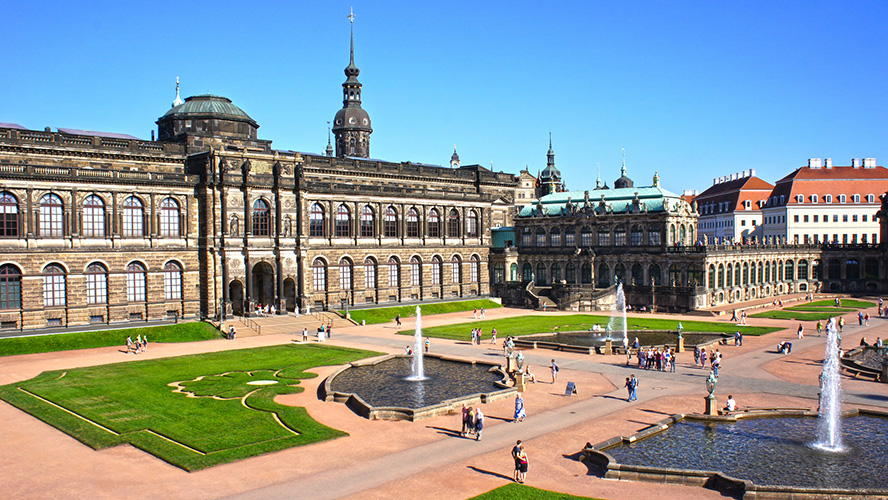
Procession of Princes: Saxony’s history in porcelain
Opposite the Hofkirche on Auguststrasse is the imposing Procession of Princes (Fürstenzug), the largest porcelain mosaic in the world. This incredible mural, 101 metres long and 975 square metres in area, narrates through 24,000 Meissen porcelain tiles the history of the Wettin dynasty, which ruled Saxony for more than 800 years.
Created by Wilhelm Walther between 1872 and 1876, the mural depicts nearly 100 historical figures ranging from Saxony’s earliest medieval princes to the influential Renaissance and Baroque leaders who shaped the region. The work has stood the test of time and even the bombings of February 1945, which devastated Dresden, surviving almost intact as a miraculous testimony to Saxon culture.

Semperoper: Dresden’s grand opera that was twice reborn
The Semperoper, one of Germany’s most prestigious opera houses, is also an architectural gem. Designed in the mid-19th century by Gottfried Semper and rebuilt twice, after a fire in 1869 and again after World War II, its Neo-Renaissance exterior and luxurious interior testify to Dresden’s central role in Europe’s cultural scene, where operas by great composers such as Wagner and Strauss were performed.
With spectacular acoustics and a programme that includes opera, ballet and concerts, attending a performance at the Semperoper is a must. Even if you do not see a show, the guided tour provides a fascinating insight into the architectural details and history of this iconic building.

Brühl Terrace: the ‘Balcony of Europe’ with a view of the Elbe and a glimpse to the past
Nicknamed the ‘Balcony of Europe’ by the poet Goethe, the Brühl Terrace (Brühlsche Terrasse) is one of the most captivating sights in Dresden. Located on Georg-Treu-Platz and within walking distance of the iconic Frauenkirche, this elevated terrace offers majestic views of the river Elbe and the city’s skyline. From this vantage point, especially at sunset, visitors can watch the golden light spread over the historic buildings, providing a unique postcard view of the city that has inspired artists, writers and visitors for centuries.
In the 18th century, the Brühl Terrace was a private garden, a space reserved for Count Brühl and his close circle. Nevertheless, at the turn of the 19th century, this elevated promenade, built on the city’s former fortifications considered to be one of the oldest points in Dresden, was opened to the public. Since then, the Brühl Terrace has become a favourite place for locals and travellers, who stroll along it as the European aristocracy did more than 200 years ago.
The terrace is also surrounded by emblematic buildings and monuments that enrich the promenade. One of the highlights is the Albertinum, a museum of modern and contemporary art that adds a creative facet to this historic area.

Residenzschloss: the treasures of Saxon royalty
The Residenzschloss, or Dresden Castle, is an imposing site combining Gothic, Renaissance and Baroque elements. It all began at the end of the 15th century, when the residential palace of Dresden, which was the residence of the Electors and Kings of Saxony from 1458 to 1918, was built on the former site of a medieval tower. Today, the majestic building is home to some of the city’s main museums.
One of the most outstanding is the Green Vault, a museum that exhibits an astonishing collection of jewellery, gold and silverware, and luxury objects belonging to Saxon royalty. The richness and detail of the objects make a visit to the Residenzschloss a journey into the splendour of the former Saxon court.

Hofkirche: Dresden’s Catholic spirit
The Hofkirche, or the Cathedral of the Holy Trinity, is an emblem of the Catholic faith in a predominantly Protestant city. Built in the 18th century, its Baroque façade is distinctive for its columns and statues of saints, which seem to watch over the city from above, and its impressive 83.5-metre high tower.
Despite its solemn appearance, the Hofkirche also maintains the secrets of Saxon history. There you will find the tomb of Augustus the Strong, one of Saxony’s most influential rulers, whose heart is preserved in a vessel, and members of the Wettin dynasty rest in its crypt.

Yenidze: a tobacco factory that looks like a mosque
The Yenidze is one of the most unique buildings in Dresden. Built in 1907 as a tobacco factory, its architecture is reminiscent of a mosque with its oriental-style dome and façade decorated with exotic motifs. Through this style, the company wanted to evoke the famous cigarettes it imported from the East, which were all the rage at the time.
Today, the building has offices and a restaurant in the dome, from where you can enjoy a panoramic view of the city. The Yenidze is a reminder of Dresden’s cultural openness and ability to integrate architectural styles from different cultures.

Großer Garten: an oasis in the heart of Dresden
Großer Garten, or the Grand Garden, is the green lung of Dresden and an ideal place for relaxing after sightseeing. This Baroque park from the second half of the 17th century, which once hosted the parties and events of the Saxon court, has wide lawns, tree-lined paths and carefully landscaped gardens. If you do not want to walk too far, there is a mini train that takes you around the park.
Inside is the Summer Palace, a charming Baroque building surrounded by ponds and sculptures. The park is also home to Dresden Zoo and the Botanical Garden, making it a perfect place for enjoying with the family or taking a quiet break between cultural visits.

Museums: art and science in every corner of Dresden
Dresden is a city abounding in museums, the main ones being the Old Masters Picture Gallery at Zwinger Palace, the Albertinum, which houses the New Masters Gallery, and the Military History Museum. Each one provides a unique insight into art, history and science, from Renaissance art collections to contemporary installations.
Another must is the Dresden Transport Museum, which explores the evolution of transport in Germany; and the Porcelain Collection at the Zwinger, which exhibits one of the most impressive collections of Meissen porcelain in the world.
Restaurants and shopping areas: from Neustadt to Altstadt
Dresden’s gastronomy is varied and vibrant, with influences from Saxon and modern cuisine. Neustadt is the alternative Bohemian neighbourhood and ideal for creative dishes and unique bars and cafés. In contrast, Altstadt has more traditional and elegant restaurants, where you can enjoy classic regional dishes such as the delicious Sauerbraten (roast meat) and Saxon sausages.
For shopping, Prager Strasse is the perfect place, with a large variety of shops and boutiques. If you are looking for something more traditional, Neustadt’s markets have everything from local art to unique handmade products.








